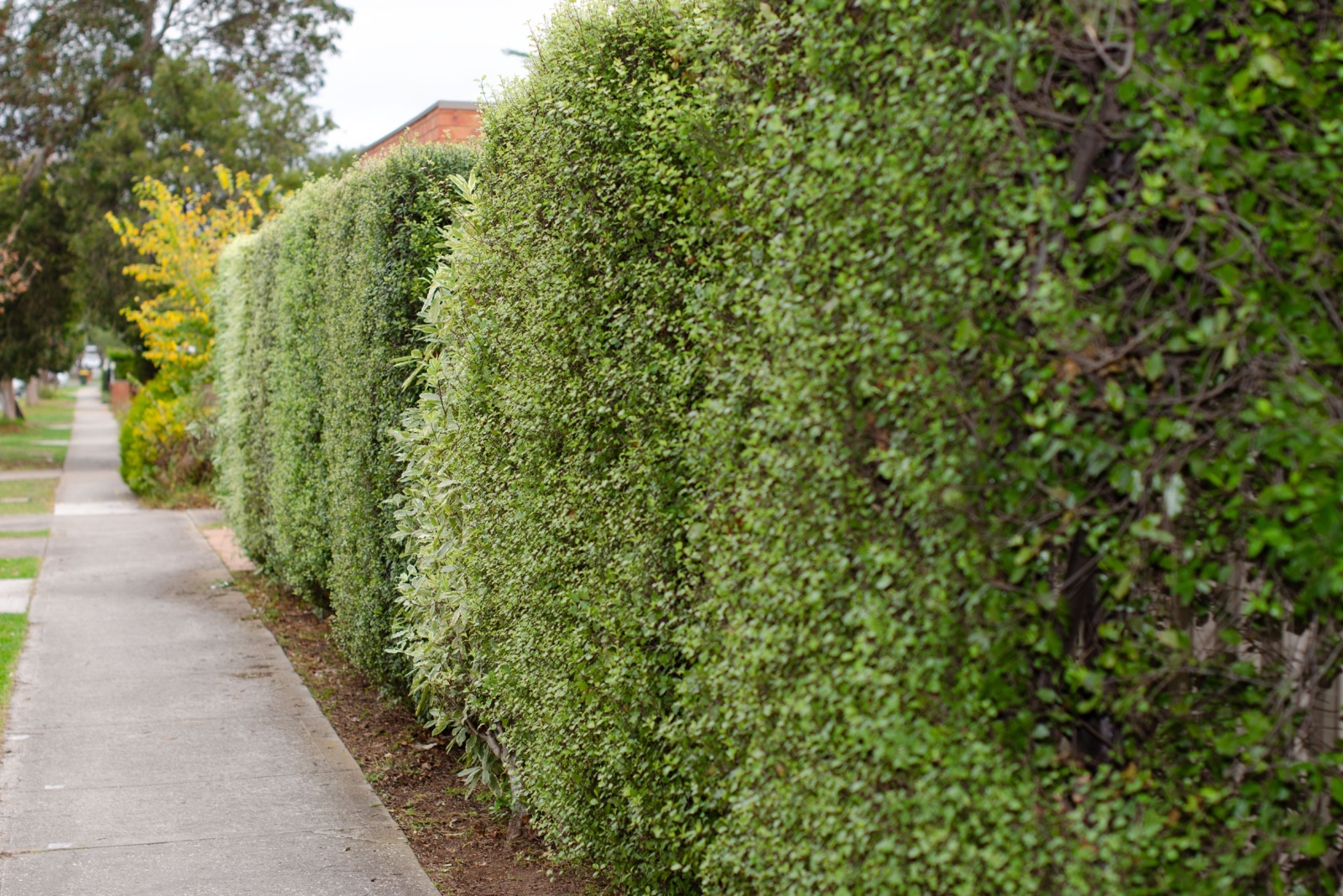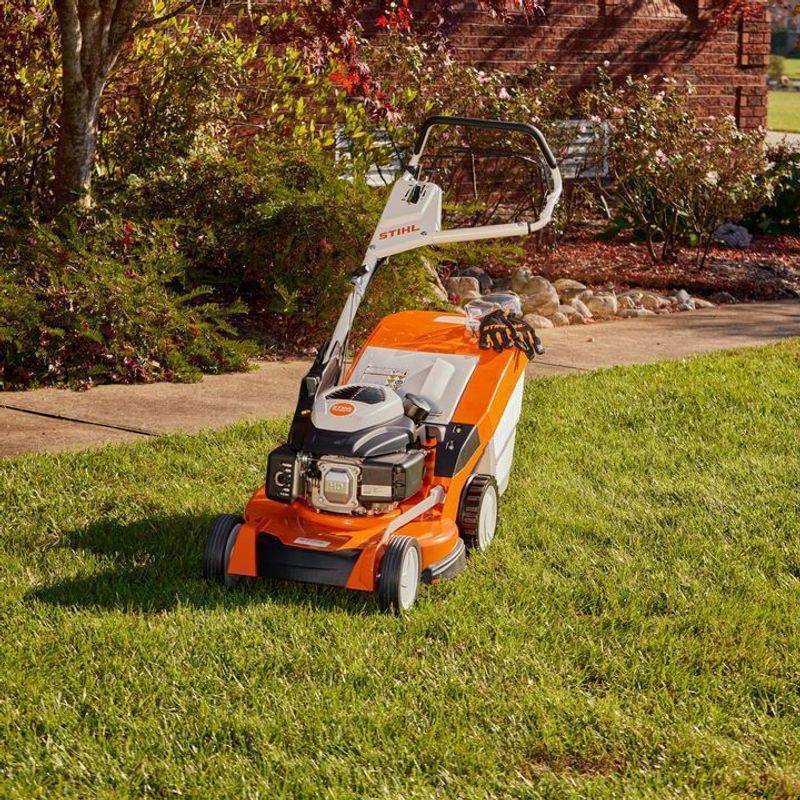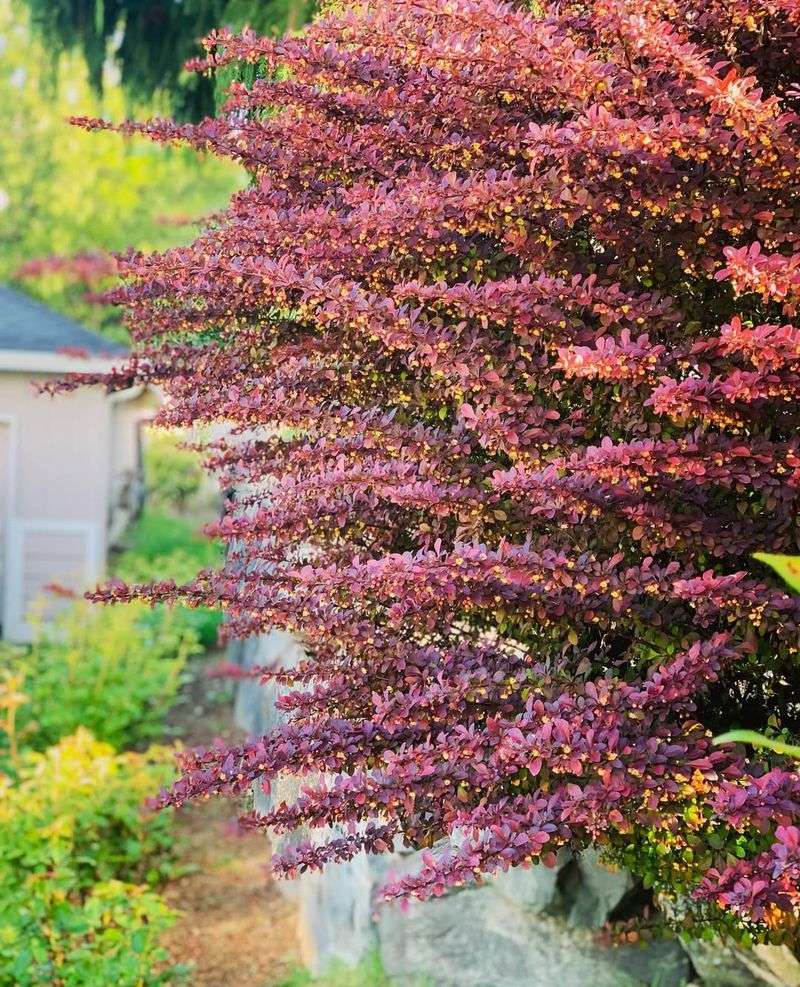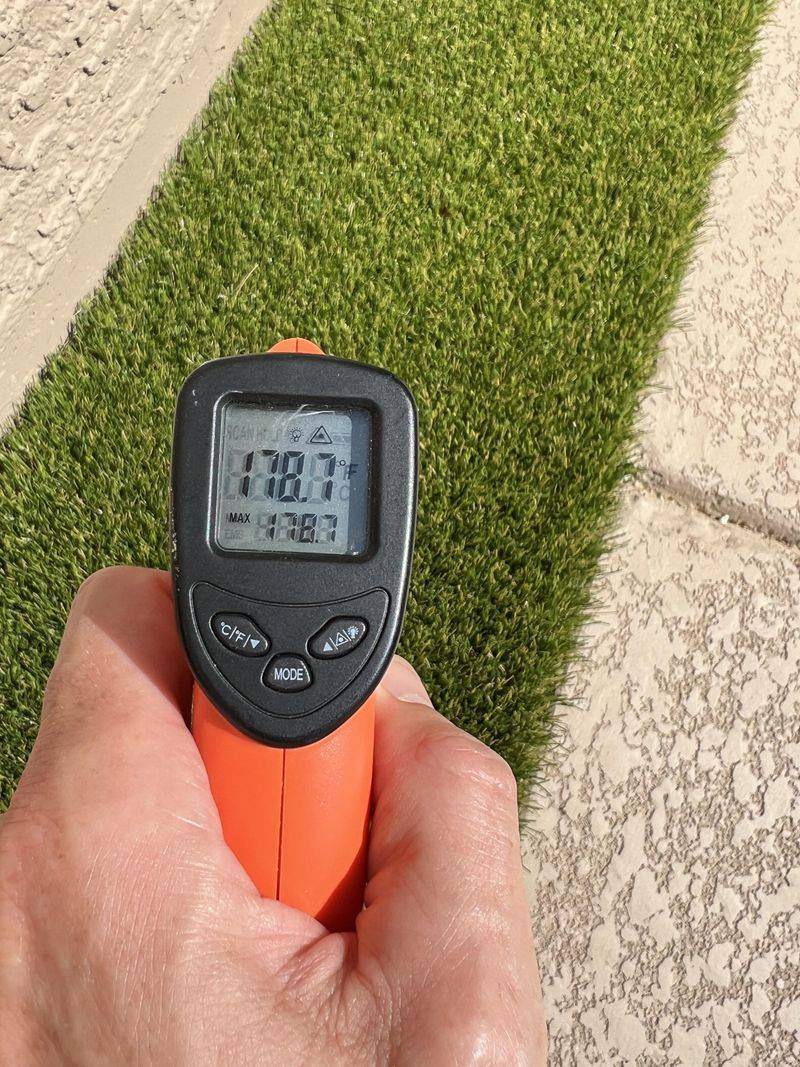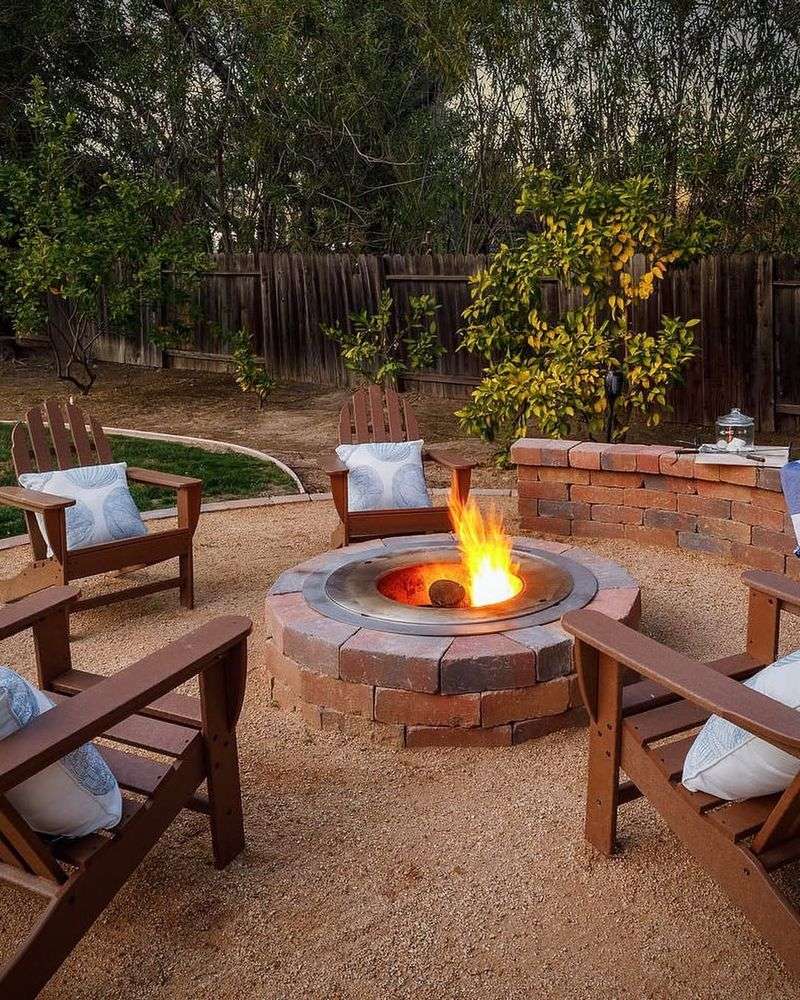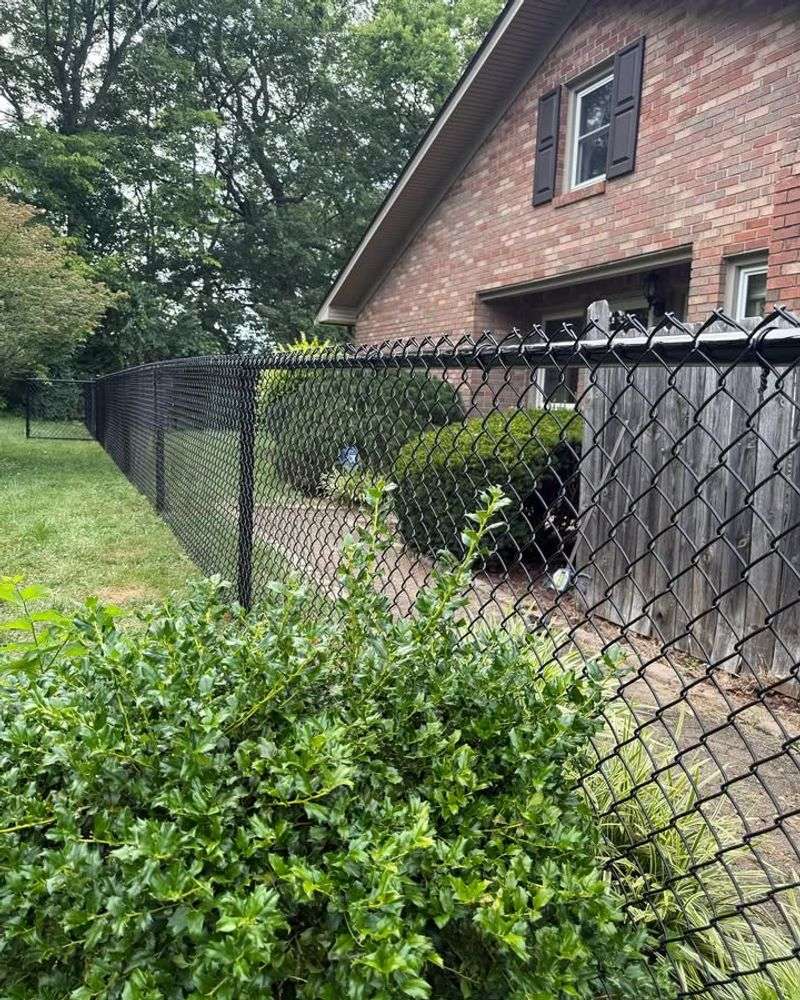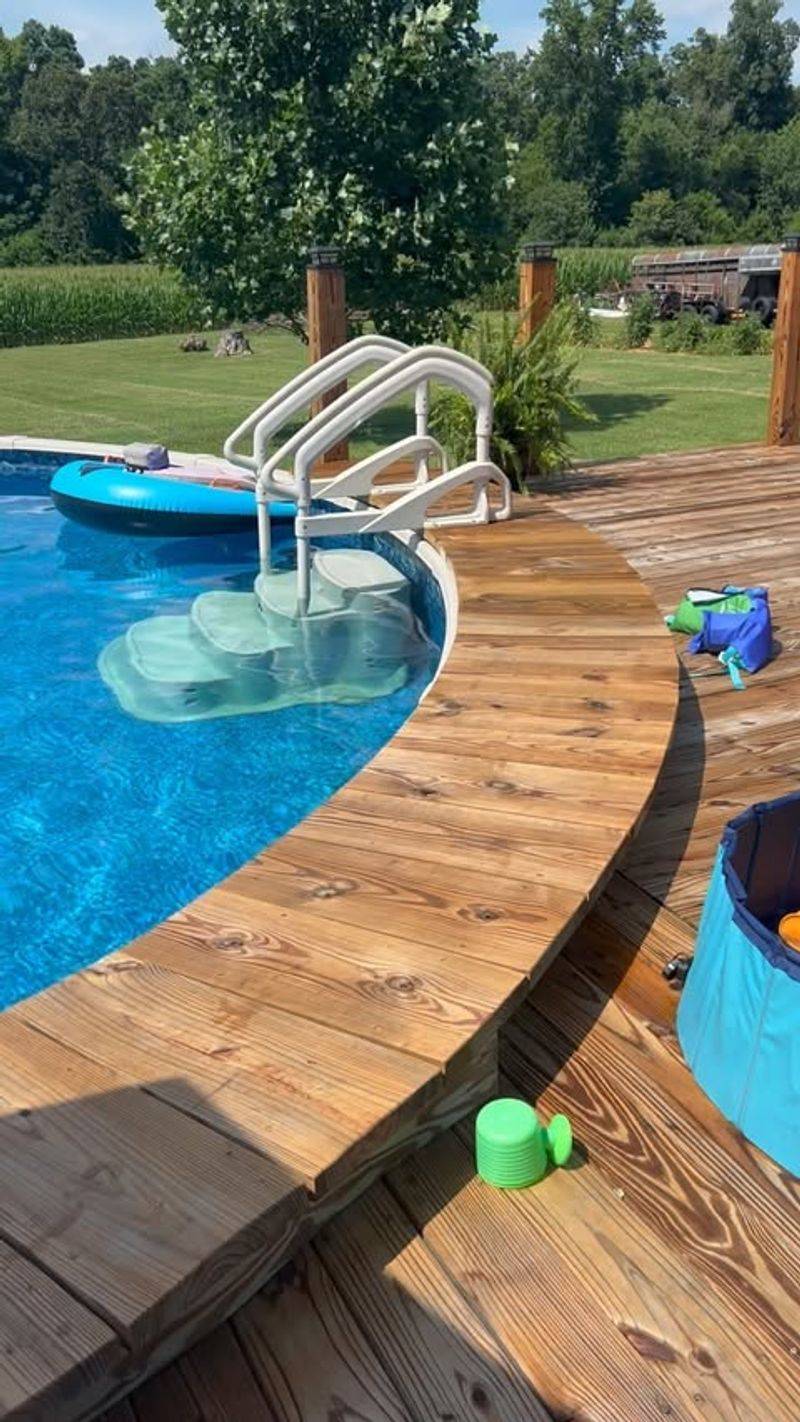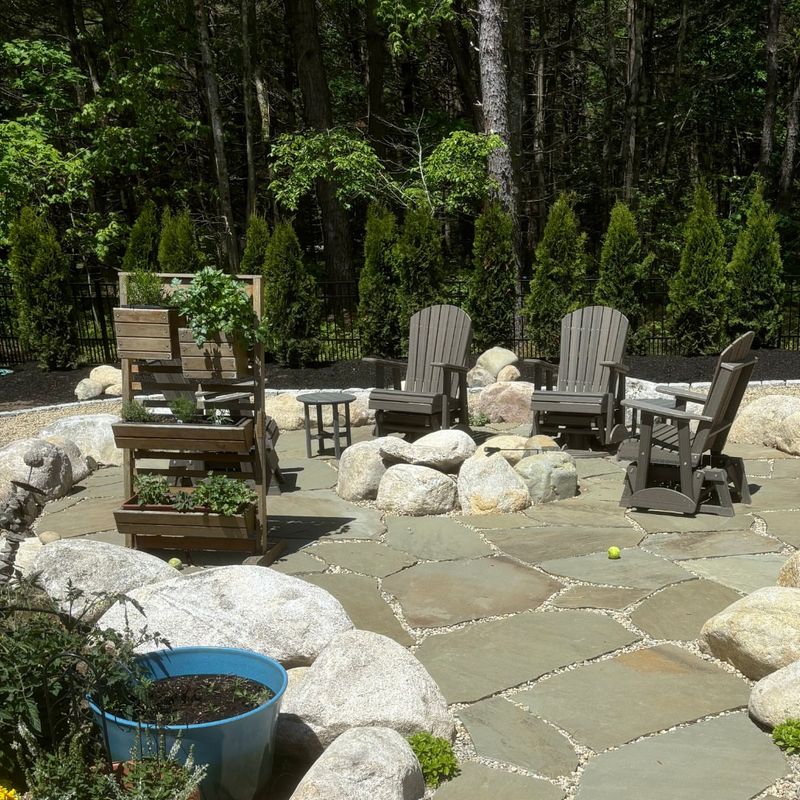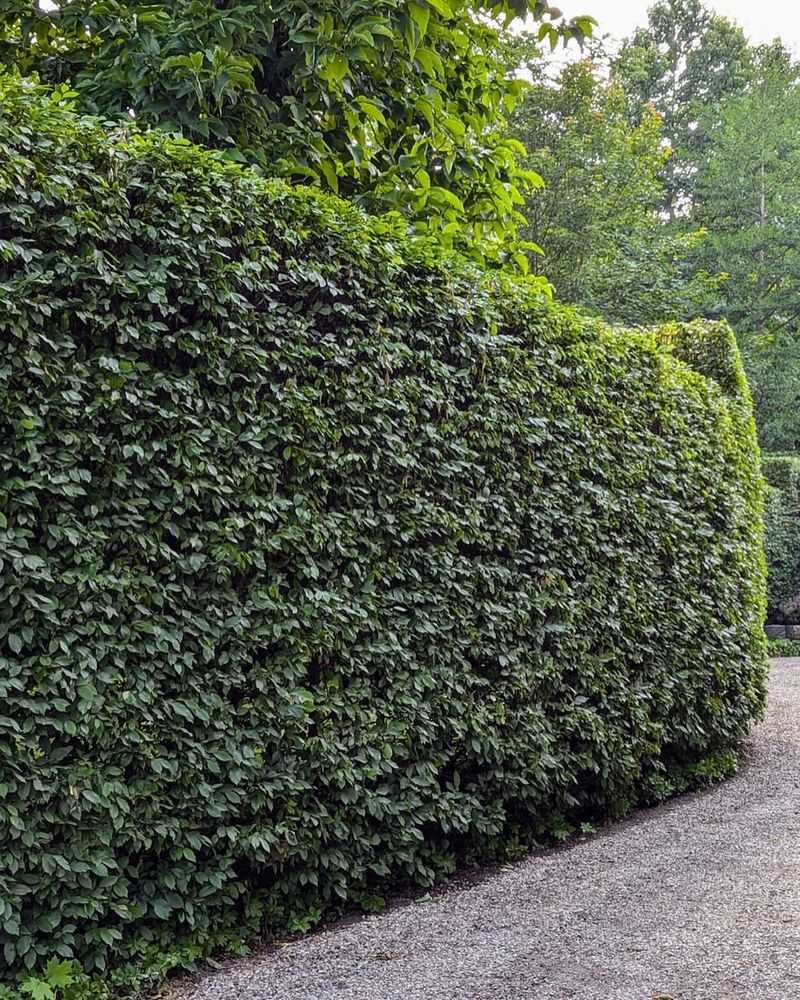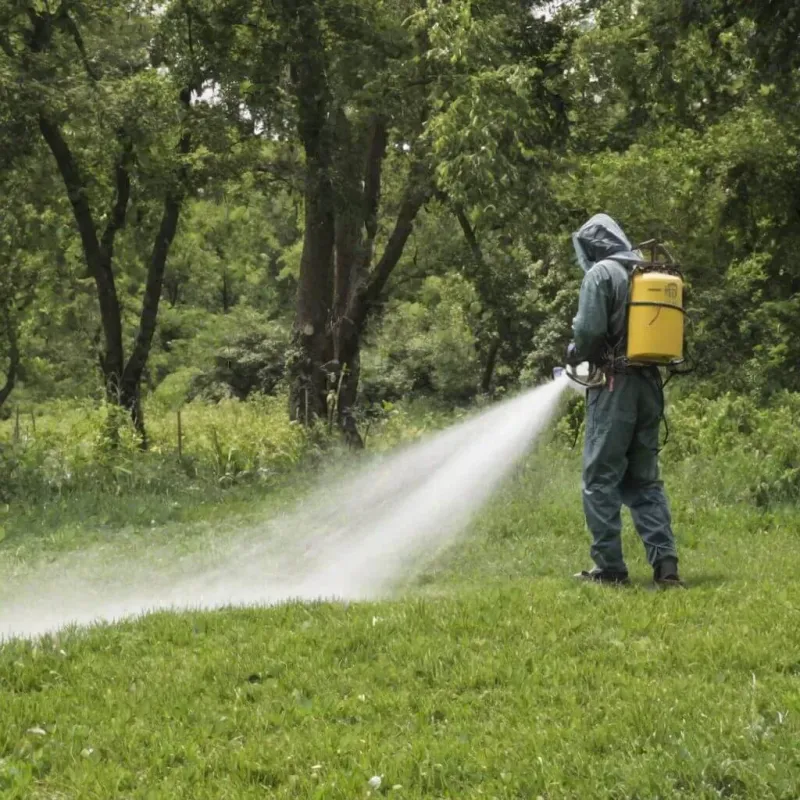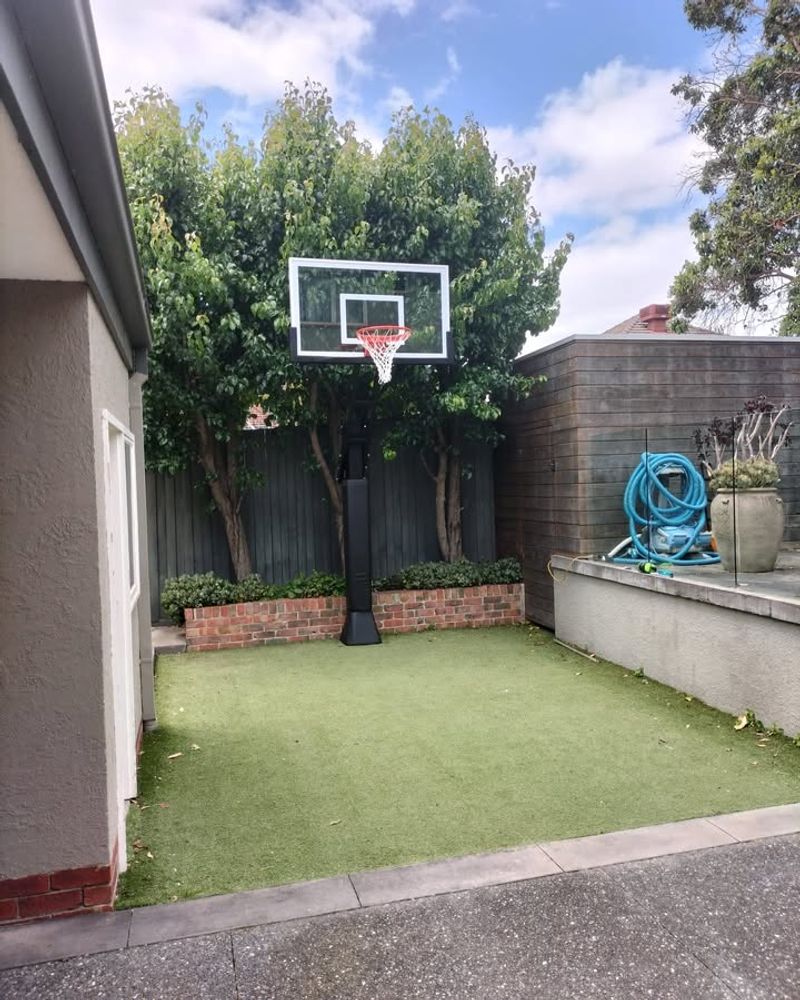Maine homeowners might soon face surprising changes to what they can keep in their yards. New neighborhood rules and environmental concerns are pushing communities to rethink common outdoor features.
From lawn decorations to popular plants, some familiar sights could disappear from residential properties across the state.
1. Traditional Gas-Powered Lawn Mowers
Noisy engines roaring every Saturday morning could become a thing of the past. Gas mowers produce significant air pollution and contribute to climate change concerns.
Many Maine communities are considering restrictions on these machines. Electric and battery-powered alternatives offer quieter, cleaner options that still get the job done.
The shift would reduce emissions and noise complaints while maintaining beautiful lawns throughout neighborhoods.
2. Invasive Ornamental Plants Like Japanese Barberry
Pretty shrubs can hide a dangerous secret when they spread beyond control. Japanese barberry looks attractive but takes over natural areas and crowds out native species.
Environmental groups are pushing for bans because these plants harm local ecosystems. They also create ideal habitats for ticks that carry Lyme disease.
Native alternatives provide beauty without the ecological damage or health risks to families and pets.
3. Artificial Turf And Synthetic Grass
That perfect green carpet might not be so perfect after all. Synthetic lawns contain plastic materials that break down into microplastics over time.
These tiny particles wash into storm drains and eventually reach Maine’s precious waterways. The fake grass also gets extremely hot in summer and provides zero benefits for pollinators or wildlife.
Some towns are drafting regulations to limit or prohibit artificial turf installations completely.
4. Unscreened Outdoor Fire Pits
Cozy backyard bonfires bring families together but also raise safety concerns. Open fire pits send sparks flying and create smoke that bothers neighbors downwind.
During dry conditions, they pose serious wildfire risks that worry fire departments. New regulations may require spark screens, specific distances from structures, or complete bans during drought warnings.
Homeowners might need permits and safety equipment to continue enjoying evening fires legally.
5. Chain-Link Fencing In Front Yards
Practical doesn’t always mean acceptable in modern neighborhood codes. Chain-link fences are durable and affordable but many communities consider them unsightly.
Homeowner associations increasingly restrict these industrial-looking barriers from street-facing areas. They argue that wooden, vinyl, or decorative metal fences maintain better curb appeal and property values.
Existing chain-link installations might get grandfathered in, but new ones could face rejection from planning boards.
6. Permanent Above-Ground Swimming Pools
Summer fun might require different planning in the future. Large above-ground pools visible from the street clash with neighborhood aesthetics according to many associations.
Safety concerns about unsupervised access also drive restriction discussions. Some towns want pools hidden behind fences or located in backyards only.
Seasonal pools that get taken down might still be allowed, but permanent installations could need special approval or face outright bans.
7. Decorative Rock Gardens With Non-Native Stone
Those trendy white pebbles might not fit Maine’s natural character. Communities are encouraging landscaping that reflects regional geology and native materials.
Imported decorative rocks require transportation that increases carbon footprints unnecessarily. They also change soil drainage patterns and provide no habitat value for local wildlife.
Rules may soon favor native fieldstone and natural Maine materials that blend better with the surrounding environment and support sustainability goals.
8. Tall Privacy Hedges Along Sidewalks
Privacy comes at a cost when it blocks sightlines and creates hazards. Dense hedges taller than four feet near streets and corners obstruct driver visibility.
Pedestrians and cyclists face dangers when vehicles can’t see them emerging from behind greenery. Municipal codes are tightening height restrictions in setback zones for public safety.
Homeowners may need to trim existing hedges or plant them farther back from sidewalks and roadways going forward.
9. Pesticide-Treated Lawns Near Water Bodies
Chemical treatments protecting grass might be poisoning Maine’s lakes and streams. Fertilizers and pesticides run off during rainstorms, causing algae blooms and harming aquatic life.
Properties within buffer zones of waterways face increasing restrictions on lawn chemicals. Some municipalities are establishing pesticide-free zones to protect water quality.
Organic lawn care methods and native groundcovers offer alternatives that keep yards attractive while safeguarding precious water resources for everyone.
10. Permanent Sports Equipment In Front Yards
Basketball hoops and soccer goals belong in driveways and backyards, not street-side lawns. Permanent sports installations in front yards create visual clutter that associations find objectionable.
They also encourage street play that raises traffic safety concerns. Portable equipment that gets stored away differs from permanent fixtures bolted into concrete.
New guidelines may restrict where homeowners can place these items or require them to be removable and stored regularly.

